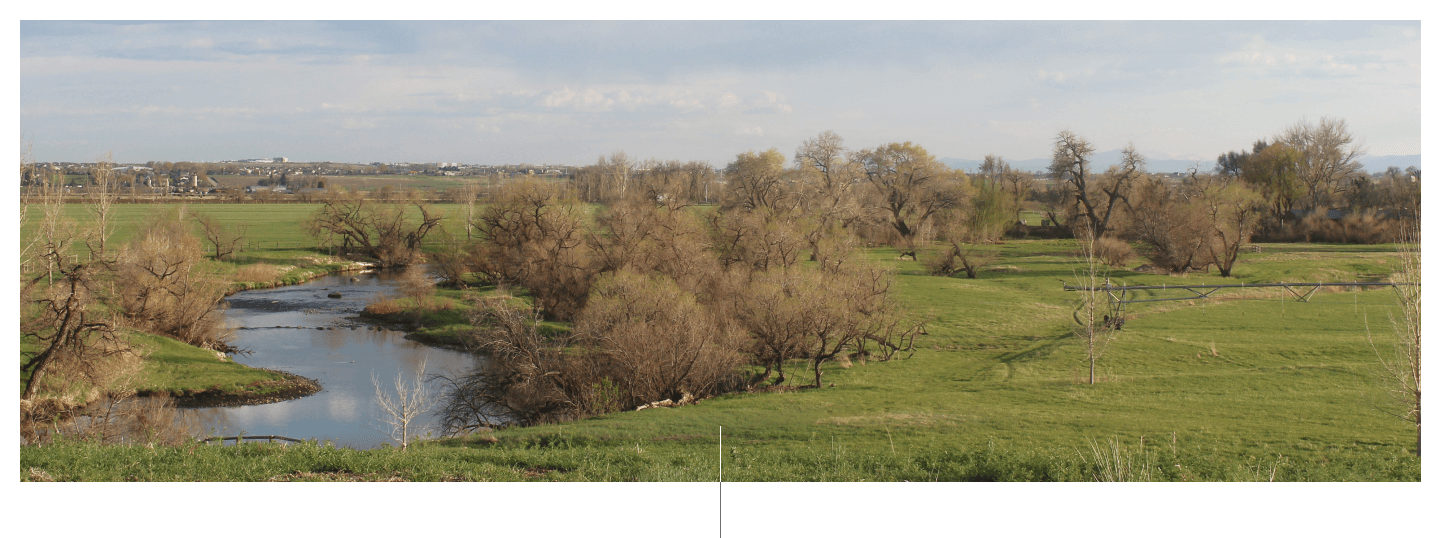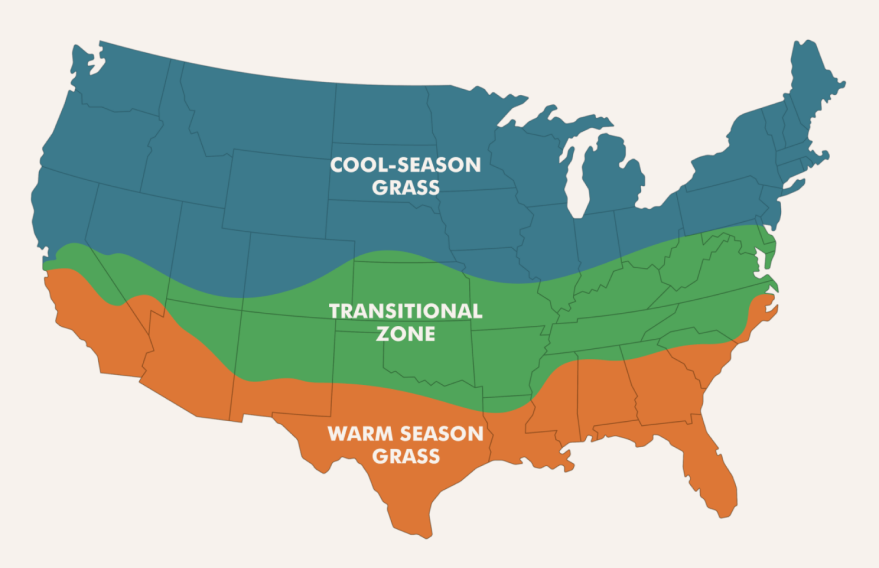Seeding/Reseeding
Providing for the future

IMPROVING OUR DISTRICT
West Greeley Conservation District offers a program for seeding/reseeding grass (and forb) species in pastures, small acreages and other locations to aid in water retention and prevent soil erosion.

Benefits of seeding
- Prevents weeds from infesting fields.
- Improves soil microbiology.
- Reduces erosion and runoff.
- Increases water penetration.
- Improves aesthetics of properties.
- Cleans the air. In fact, a 50’x50’ grass area will provide enough oxygen for a family of four. [1]
- Cools the environment. Summer air temperatures above a grass stand will be up to 30 degrees cooler than above a paved area. [2]
Method of seeding
We use a 5 1/2 foot Truax Flex II no-till drill to incorporate seed into the soil.
- The drill has three seed boxes which allows us to plant cool season, warm season and small legume seeds. (Cool season grasses are recommended)
- We can also plant a combination of all three together. Plus, we can include wildflower seed.
- The no-till drill is ideal for reseeding because it creates minimal damage to the soil.
- The drill features notched concave coulters and depth bands that are followed by press wheels to make sure that there is sufficient seed to soil contact.
- We also offer a Truax seed slinger for rent that attaches to a four-wheeler for hard to reach areas view the WGCD equipment rentals.
Acquiring the Seed
The landowner will be responsible for seed costs. The West Greeley Conservation District will assist the landowner in selecting an appropriate seed mix based on soil analysis and/or recommendations from NRCS. Native species such as Blue Grama, Buffalo grass, Sideoats Grama, and Western Wheatgrass are recommended.
Preparations and Steps
There are a few steps that need to be followed in order for a good grass stand to take hold.
- Timing is crucial. We need cool conditions for cool season grasses and warm conditions for warm season grasses. Since we are in a cool season area we generally plant between November 1st and May 15th.
- A site visit will be conducted to survey the pasture and take soil analyses if needed.
- Obtain seed through seed vendor of your choice- WGCD does not sell seed.
- Fill out a contract if you would like to proceed. Seeding Contract
- Pending approval, the seed bed will need to be prepped. Kill off weeds, remove debris (stones, sticks, etc.), level the area, and rototill if needed. If there is a little bit of grass or stubble, that’s fine, we can drill right into that.
- Next, drilling will take place. Generally grass seed only needs to penetrate 1/4” – 1/2” deep into the topsoil.
- If there is no rain within a week or two, watering may have to be performed manually.
- Mowing should be performed only once in the first year. Do not mow the grass lower than 6 inches.
- Chemical spot treatment or mowing may need to be performed to control weeds.
- Keep livestock off the grass for the first two years.
PRICE TO SEED
- $80/hr includes drive time to and from location as well as the time spent seeding. $80 minimum.
- As of January 1st 2018 Out of District jobs will be charged $160 per hour, $160 minimum
For more information, or to schedule an appointment, Contact Ryan Kapperman @ 970.230.7024 or ryan.kapperman@wgcd.org.
References:
[1] How the Environment Benefits from a Well-Maintained Lawn, The Lawn Institute, www.lawninstitute.com, August 2000; Turfgrass Statistics, American Sod Producers Association
[2] Beard, J.B. and D. Johns. 1985. The comparative heat dissipation from three typical urban surfaces; Asphalt, concrete, and Bermudagrass turf. p. 125 – 133. In Texas Turfgrass research 1985. Agricultural Experiment Station. PR-4329. College
